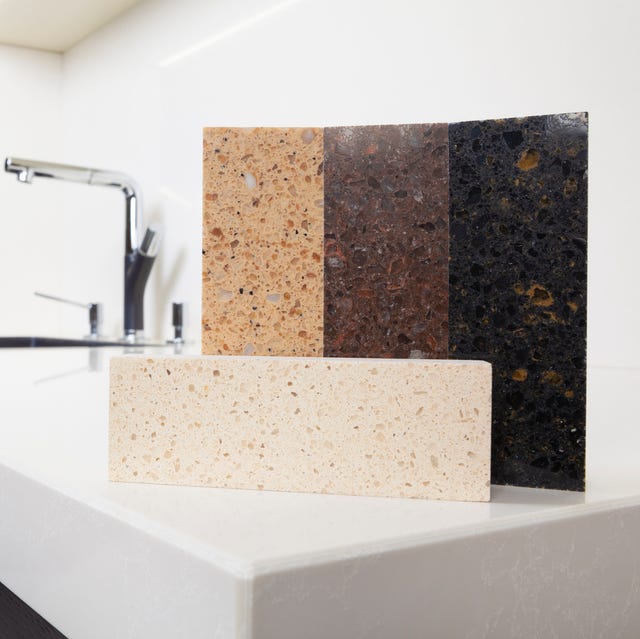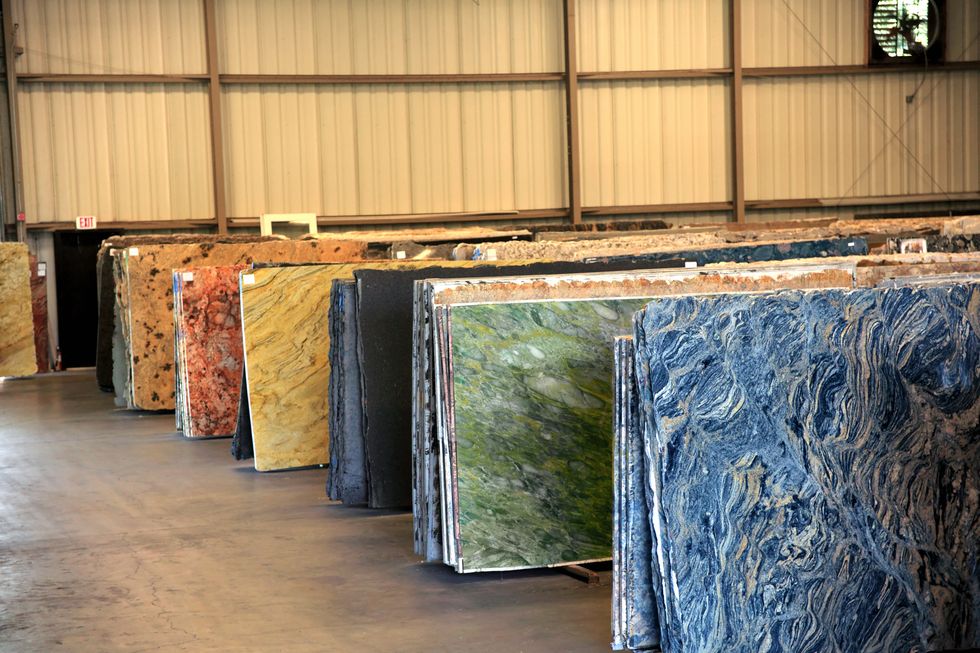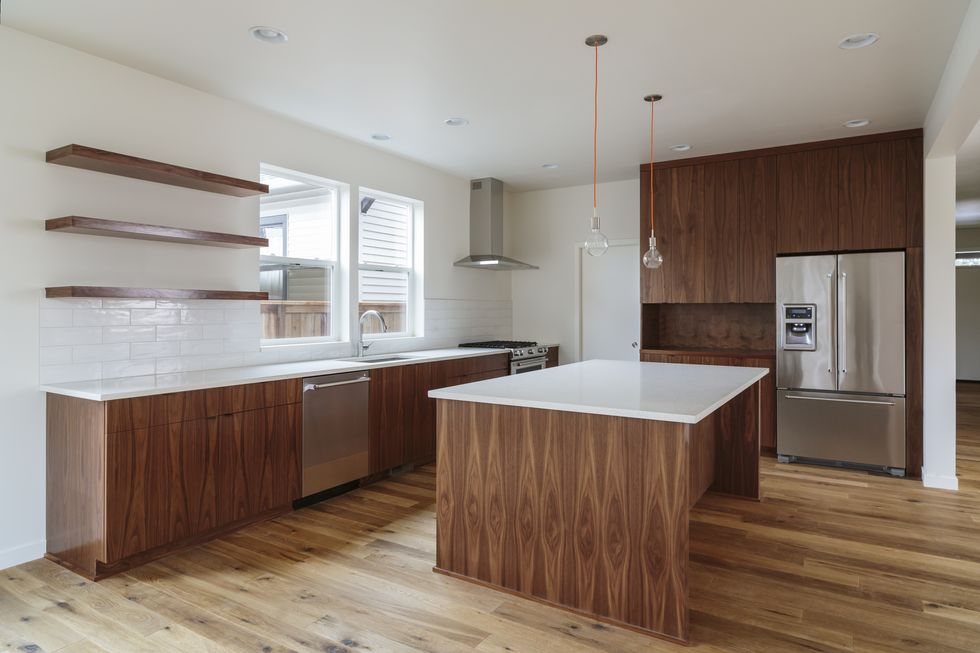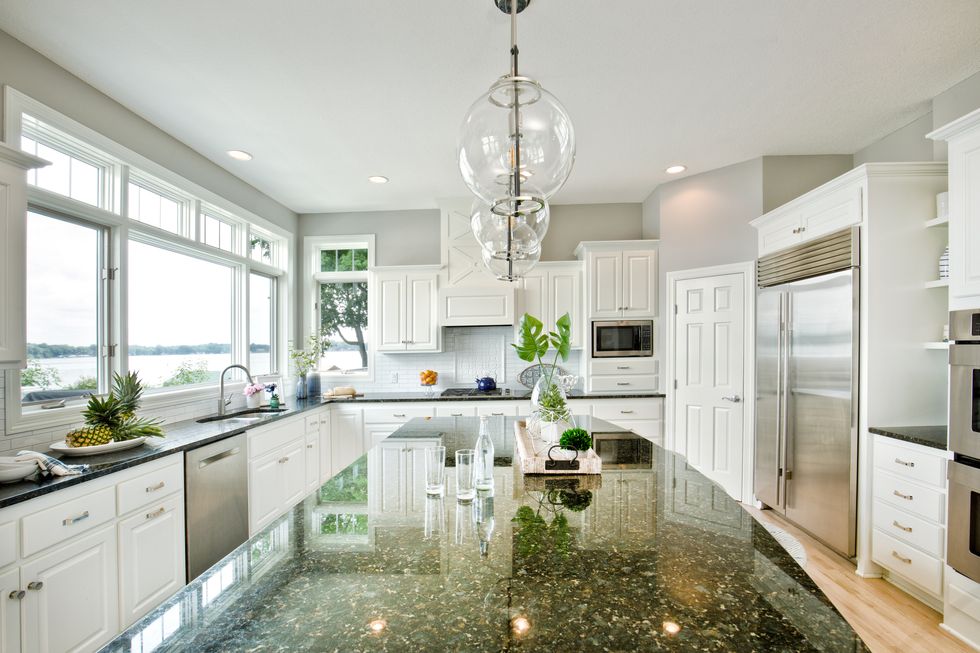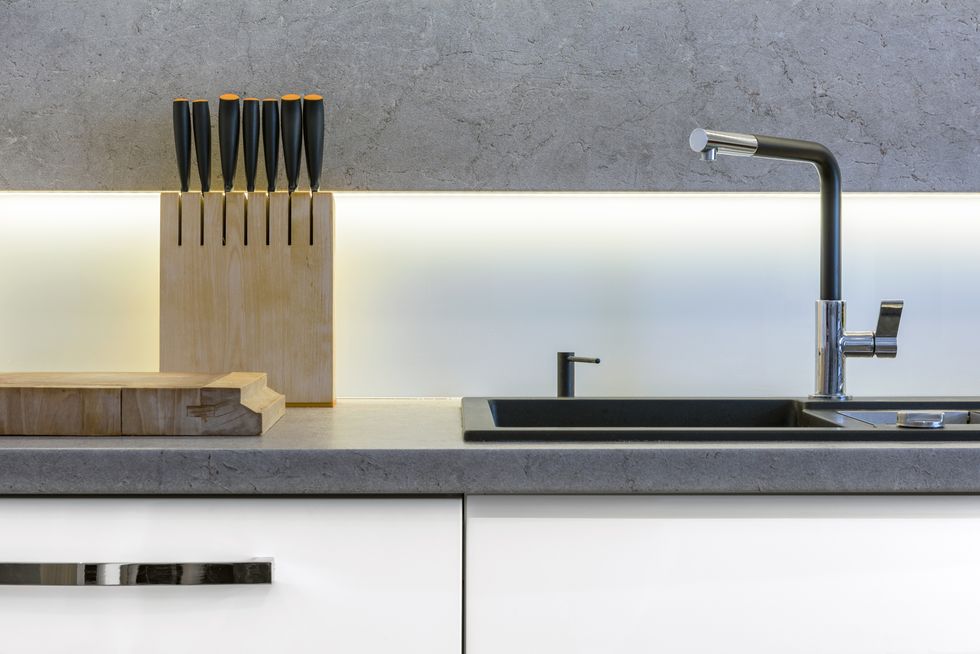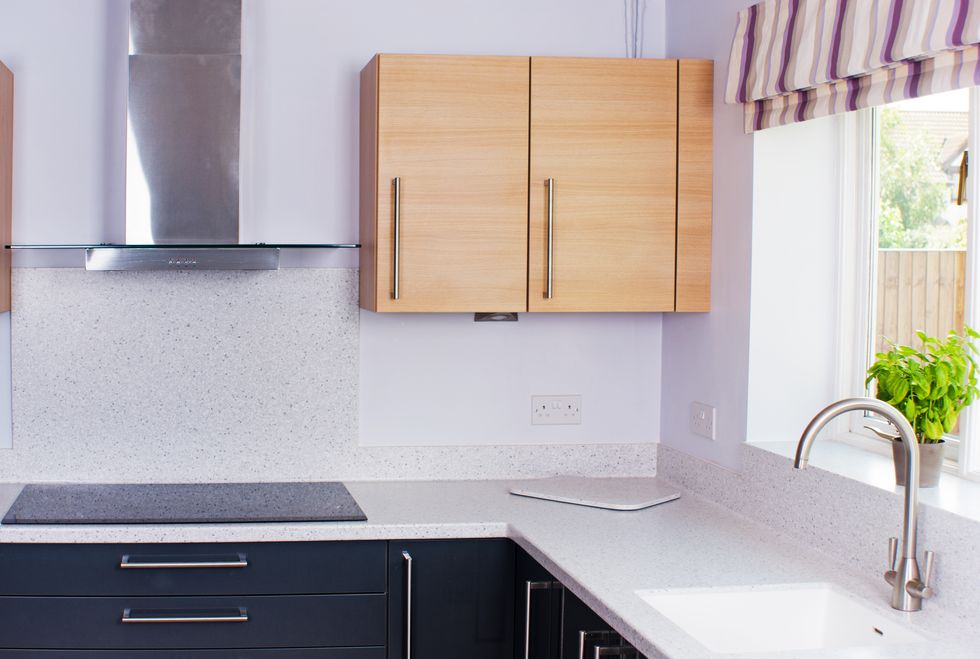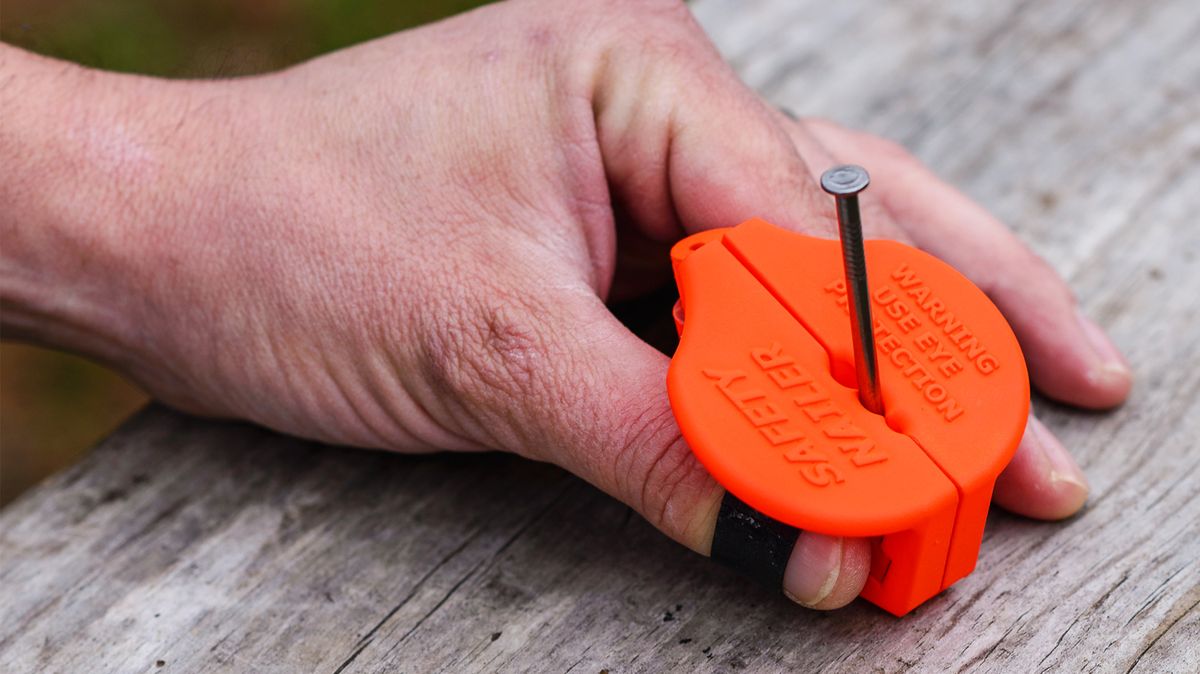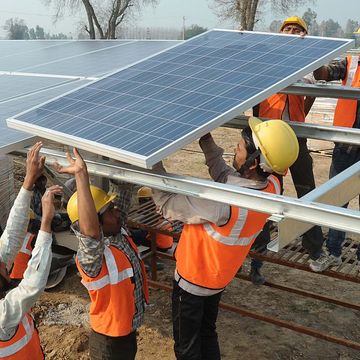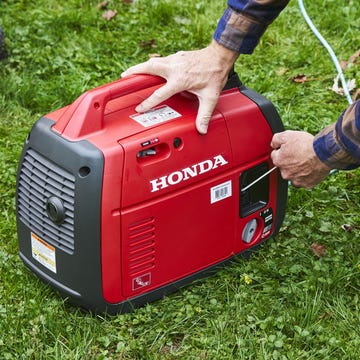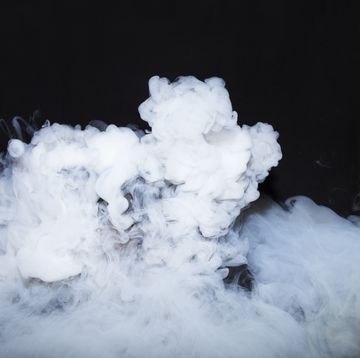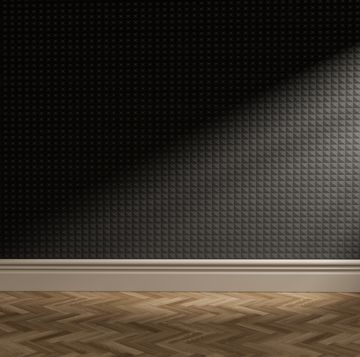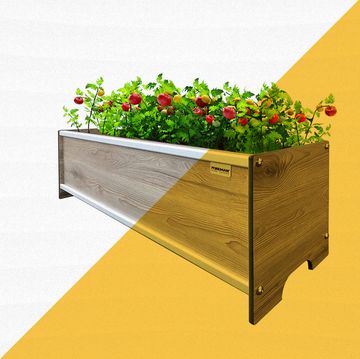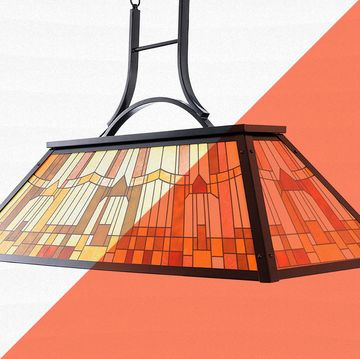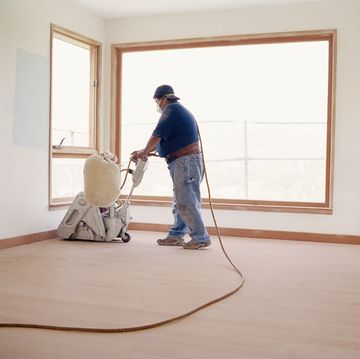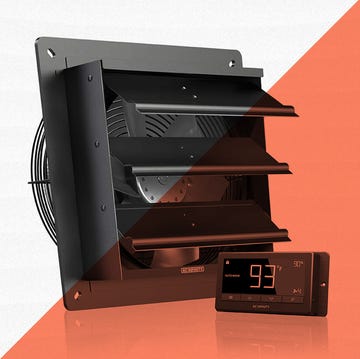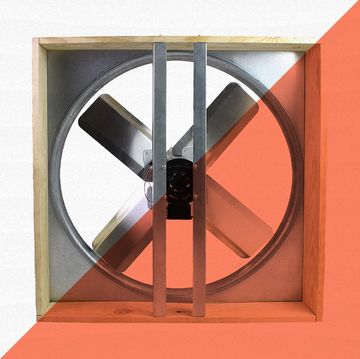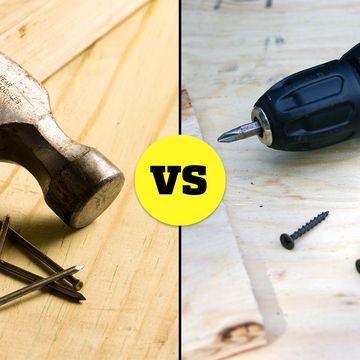If you’re thinking about replacing your kitchen counters, and your timing couldn’t be better. Gone forever are the days when your only choices were plastic laminate or wood butcherblock. Today, there are dozens of types of countertop available, ranging from natural-stone and renewable acrylic sheets, to quartz composites and tinted concrete. And countertops come in dozens of colors, patterns, and textures to satisfy any design goal.
🔨 You love badass builds. So do we. Let's make some cool stuff together.
Here, we’ll take a look at seven popular types of countertop materials: natural stone, solid-surfaces, engineered stone, concrete, plastic laminate, ceramic tile, and wood.
There’s no one countertop that’s ideal for every home, so the best material for your kitchen will depend on several factors: color, overall appearance, durability, stain- and scratch-resistance, and of course, price.
Natural Stone
A common type of countertop is natural stones like granite, marble, soapstone, and slate. Here’s a detailed look at each material:
Granite: Once found only in expensive, high-end kitchens, granite is more commonplace today and is by far the most popular natural-stone countertop material. Granite counters are sold primarily through local fabricators, but they’re also commonly available at many home-improvement stores and kitchen showrooms.
Granite comes in a wide array of colors, ranging from vibrant blues and variegated browns, to midnight black, deep red, and mottled white. It’s cut into long, thick slabs that require few—if any—seams. After the granite is cut and polished, it’s treated with an impregnating sealer that makes the countertop stain resistant. This treatment usually lasts five to ten years, but be sure to use a stone cleaner—not an abrasive cleanser—for everyday cleaning.
Most granite counters are polished to a glossy sheen, but you can also ask for a honed finish, which is much less shiny and more of a matte sheen. And leathered granite has a slightly textured surface that lends a rustic, casual look to a kitchen.
Pros: few, if any seams, extremely durable, very heat-resistant
Cons: must be sealed to resist stains, expensive
Marble: This is a high-end natural stone that comes in fewer color patterns than granite. Marble is also relatively soft and porous, so it’s not as stain resistant as granite. However, marble is regarded as a near-perfect work surface for activities like baking or making fresh pasta. Be careful when cutting, though, or marble may show knife scars.
Pros: classic look, striking natural patterns
Cons: relatively high-maintenance, needs repeated sealing, expensive
Soapstone and slate: Both come in far fewer colors than granite. Soapstone is usually dark greenish-black, although lighter green-gray slabs are also common. Slate is an extremely dense stone that comes in five subtle colors: green, red, gray, purple and black. Slightly less common are variegated purple and mottled purple slates, which have visible veins and shades of contrasting colors. Both soapstone and slate can be fabricated into sinks to match the countertop.
Soapstone is porous and must be sealed with mineral oil to reduce staining. Slate, on the other hand, is nonporous and virtually maintenance-free. While slate is relatively soft, minor scratches can be buffed out with steel wool. Slate has a soft-matte sheen, but you can create a “wet” look by rubbing the surface with lemon oil.
Pros: non-porous, stain resistant, subtle color complements virtually any kitchen decor
Cons: relatively soft, may show knife marks, few color options
Solid Surfaces
Made from a dense acrylic, polyester, or blend of the two, solid-surface countertops offer low maintenance and a wide variety of color and pattern choices. They’re highly stain- and scratch-resistant, and completely renewable and repairable. Scratches and burns can be sanded out; deep gouges can be filled. Seams are fused together to create undetectable joints, which makes solid surface great for large or long sections of countertops and oversized island tops. You can also get solid-surface sinks in colors to match or contrast the countertop.
Pros: Low-maintenance, non-porous, repairable
Cons: not heat-resistant, will show scratches
Engineered Stone
Another type of solid surfacing material that’s worth considering is called, quartz composite. Also known as engineered stone, this unique material is composed of about 90% quartz and 10% acrylic or epoxy binder. Corian Quartz, Formica Solid-Surfacing, and Silestone, are a few of the quartz composites now available.
The main differences between engineered stone and traditional solid-surfacing materials are that engineered stone is much harder and has a depth, clarity and radiance not found in solid surfaces.
Pros: extremely durable, very low-maintenance, wide array of colors and patterns
Cons: expensive
Concrete
Concrete countertop types, which closely resemble natural stone, continue to be popular for people interested in a truly custom countertop. Unlike the concrete counters of the late-1980s, which were messily poured atop the cabinets, today’s fabricators offer pre-cast counters that are made in a workshop and delivered—fully cured and finished—to your home.
Pre-cast concrete counters are typically 1½ inch thick, and available in slabs up to 10 foot long. A variety of colors are achieved by adding pigments to the concrete during mixing. Once cured, the slabs are honed and sealed to prevent staining. Cracking is always a concern with concrete, and fabricators often use wire mesh, metal rebar, or fiberglass or stainless steel fibers to strengthen the counter.
Pros: scratch- and heat-resistant, available in virtually any color
Cons: expensive, needs sealing
Plastic Laminate
Plastic laminate—which is often referred to by its tradename, Formica—is a surprisingly durable type of countertop material that can survive many years in the toughest kitchens, which is surprising when you consider that plastic laminate is made primarily of kraft paper impregnated with resins. It comes in literally hundreds of colors and patterns, and in various textures. However, only those with a matte or fine-matte finish should be used for countertops. Never use a textured laminate for a kitchen counter; its raised ridges will start to show wear rather quickly.
Note that there are two types of laminates: 1/16-inch-thick general-purpose, and 1/32-inch vertical grade. Only general-purpose laminate is suitable for countertops; vertical grade is for backsplashes, and cabinet doors and drawer faces. Plastic laminate comes in sheets ranging from 2x4 foot to 4x8 foot Longer and wider sheets can be special ordered.
Another plastic-laminate type of countertop option is called post-formed counters. Available at certain lumberyards and home centers, ready-to-install post-formed laminate counters have the front edge, countertop surface and backsplash all fabricated and formed into one seamless slab.
Pros: Most affordable material, lots of colors and patterns, surprisingly durable
Cons: Can chip or scratch, not heat-resistant, low resale value
Ceramic Tile
The trend in kitchen design for the past decade or so has shifted toward low-maintenance, seamless counters. As a result, there are fewer types of countertops covered with ceramic or porcelain tile. However, that doesn’t mean you should totally discount tile for your kitchen. Tile is an excellent choice for backsplashes, or for secondary work surfaces, such as islands, eat-at counters, peninsulas, wet bars, or butler’s pantries. Just be sure to use tiles rated for use on floors or countertops. Never use wall tile on a counter. It’s too thin and will easily crack.
Tile is often applied to a plywood substrate or directly over existing plastic laminate countertops. However, to ensure a rock-solid, long-lasting installation, it’s best to use 3/4-inch-thick plywood topped with 1/2-inch-thick cement backerboard.
Pros: Affordable, lots of choices, ceramic tile is non-porous
Cons: Regular grout resealing needed
Wood
Wood countertops are a great choice for a work surface. In fact, according to a 1993 University of Wisconsin study in which microbiologists intentionally contaminated wooden cutting boards during testing, 99.9 percent of the bacteria introduced died within three minutes of exposure to the wood’s surface. The study found that wood cutting boards are safer, bacteria-wise, than plastic ones.
Wood types of counters are typically made from maple, an extremely dense, blond hardwood, but teak, walnut, cherry, birch and oak are also used. There are three ways that wood countertops are fabricated: edge grain, end grain, and wide plank. Edge-grain counters are made up of long, thick strips of wood that are glued together with the edge grain facing up.
End-grain counters (a.k.a.: butcherblocks) are constructed of relatively short, square sticks of wood that are joined together with the tough end grain facing up. These counters are usually 4 to 12 inches thick.
Wide-plank counters are made by edge-gluing together wide boards. This is the most beautiful and traditional style of wood counter, but it’s also the type that’s most susceptible to cracking and warping, if it’s not meticulously maintained.
Pros: warm wood grain, durable, renewable, ideal work surface, somewhat heat resistant
Cons: medium amount of maintenance required, will show knife marks
Joe is a former carpenter and cabinetmaker who writes extensively about remodeling, woodworking, and tool techniques. He has written eight books and is a contributing editor to Popular Mechanics. He also appears on the Today’s Homeowner TV show, and co-hosts the weekly Today’s Homeowner Radio Show. Joe writes from his home in Roxbury, Connecticut.
